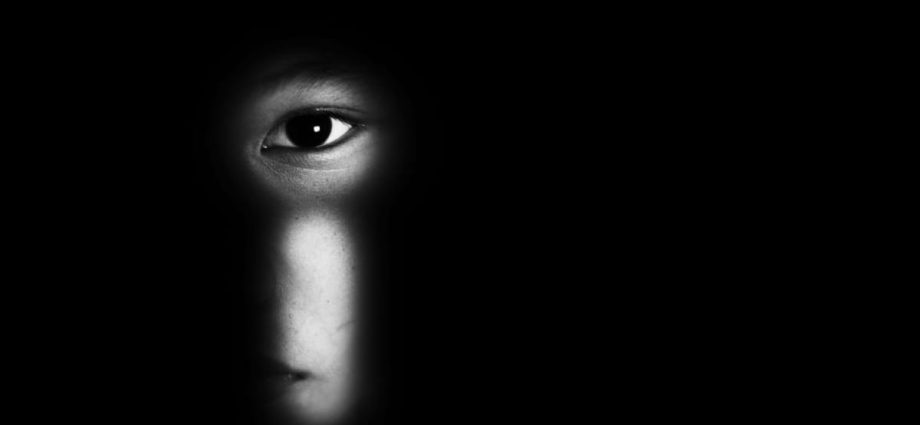
NOT AN ISOLATED INCIDENT
Umaisyah’s death raises critical questions about the efficacy of our child welfare systems, the coordination between agencies, and the mechanisms in place to safeguard children.
The Ministry of Social and Family Development (MSF) had said in 2019 after her case was first discovered that it was reviewing how to further strengthen its network of agencies and community organisations. When asked for updates, it said it was unable to provide any given that the mother’s trial is ongoing.
Umaisyah’s case is not an isolated incident; it is a reflection of a broader issue – an issue that plagues communities worldwide. Child abuse and neglect persist, often concealed behind closed doors, and it is society’s collective responsibility to break down those doors.
There have been several notable cases of children purportedly killed by their parents in Singapore. A father is currently on trial for allegedly assaulting his five-year-old daughter to death in August 2017. In the months leading up to her death, the girl was allegedly confined naked in the toilet with her younger brother. The family was known to social workers, with the siblings placed in foster care by the Child Protective Service (CPS) in 2014 and returned to the man in 2015.
In an unrelated case, a mother who scalded her five-year-old son to death in 2016 was sentenced last year to life imprisonment. The woman and her husband kept the boy in a cat cage and tortured him with pliers. The boy was fostered out to a family friend shortly after his birth and returned to his parents when he was four years old.
Meanwhile, a man in February pleaded guilty to abusing his 11-year-old stepdaughter to death in November 2020. The girl did not go to school for two months before she died.
When Members of Parliament raised questions in March about the procedures for investigating suspected child abuse following the girl’s death, MSF said that a student’s absence from school alone is not “sufficient grounds” for the CPS to invoke its powers under the Children and Young Persons Act.
It was reported that a student welfare officer from the girl’s school did visit the family, but was told that the girl was sleeping. After repeated video-call requests, the officer managed to speak to the girl but did not observe any injury because the environment was dim and the victim was wearing long-sleeved pyjamas.
Therein lies a challenge for welfare officers: The nature of child abuse is that it is not easy to detect. It is not possible to expect that they detect every single case, particularly if parents are determined to hide the truth.

